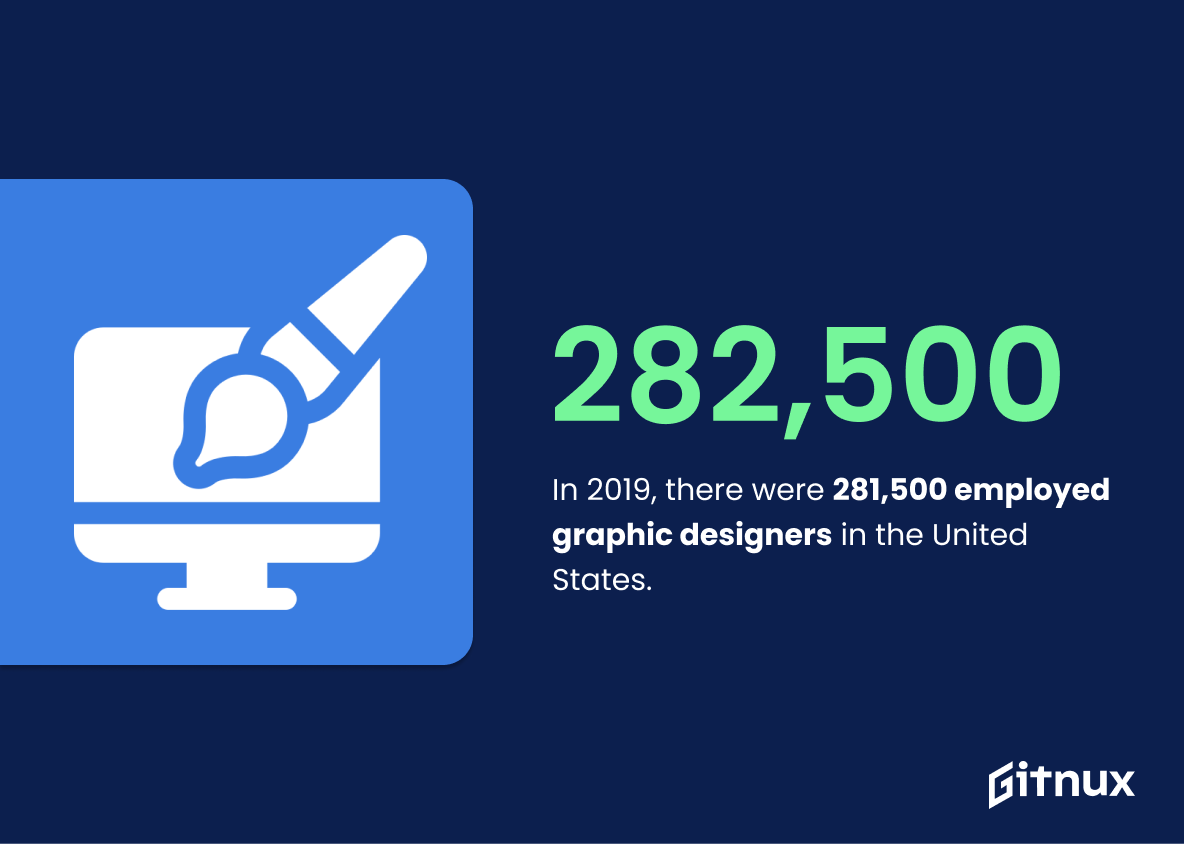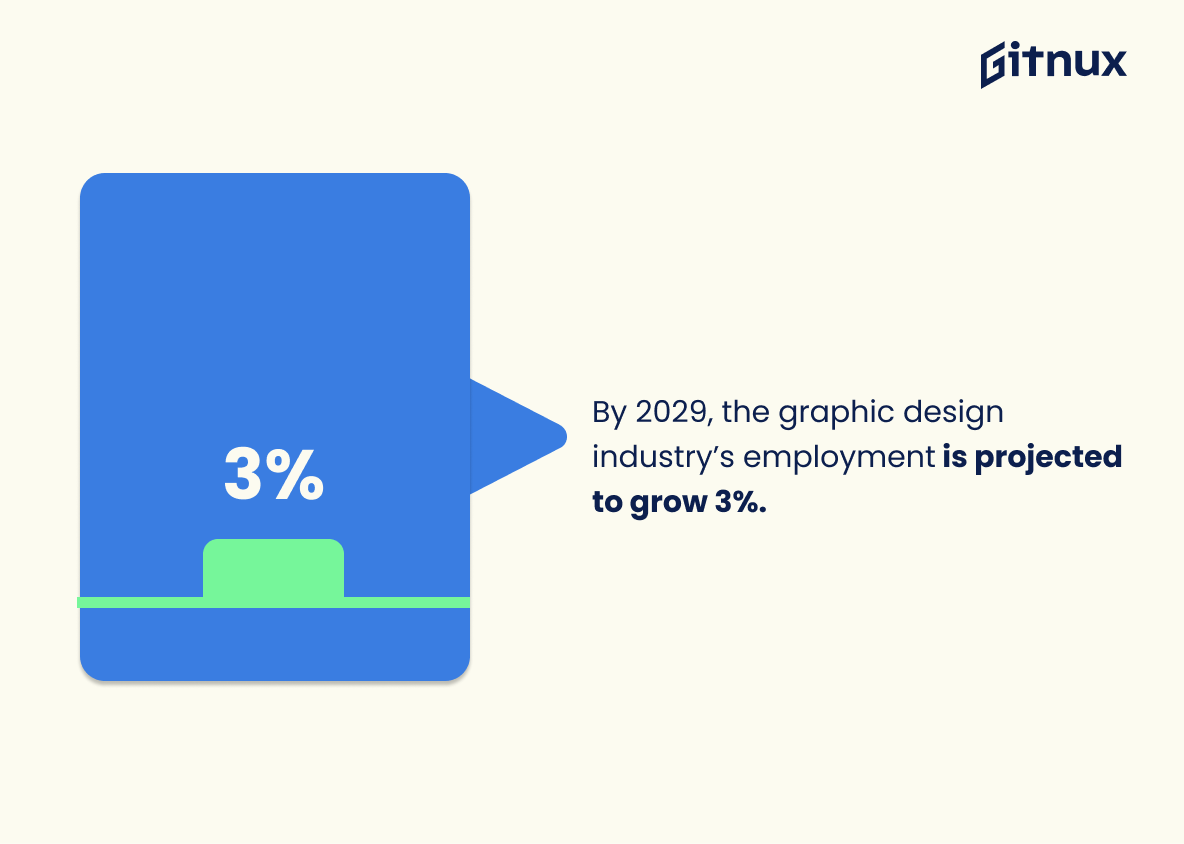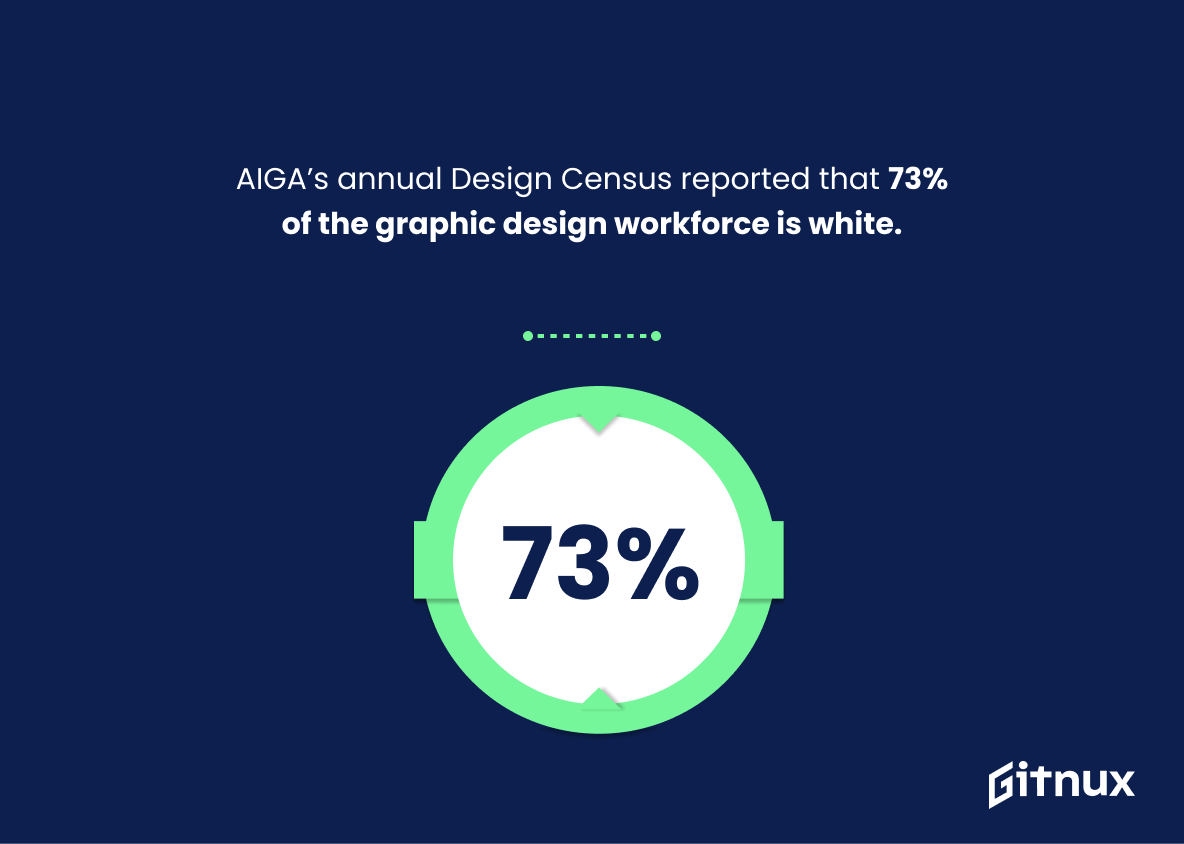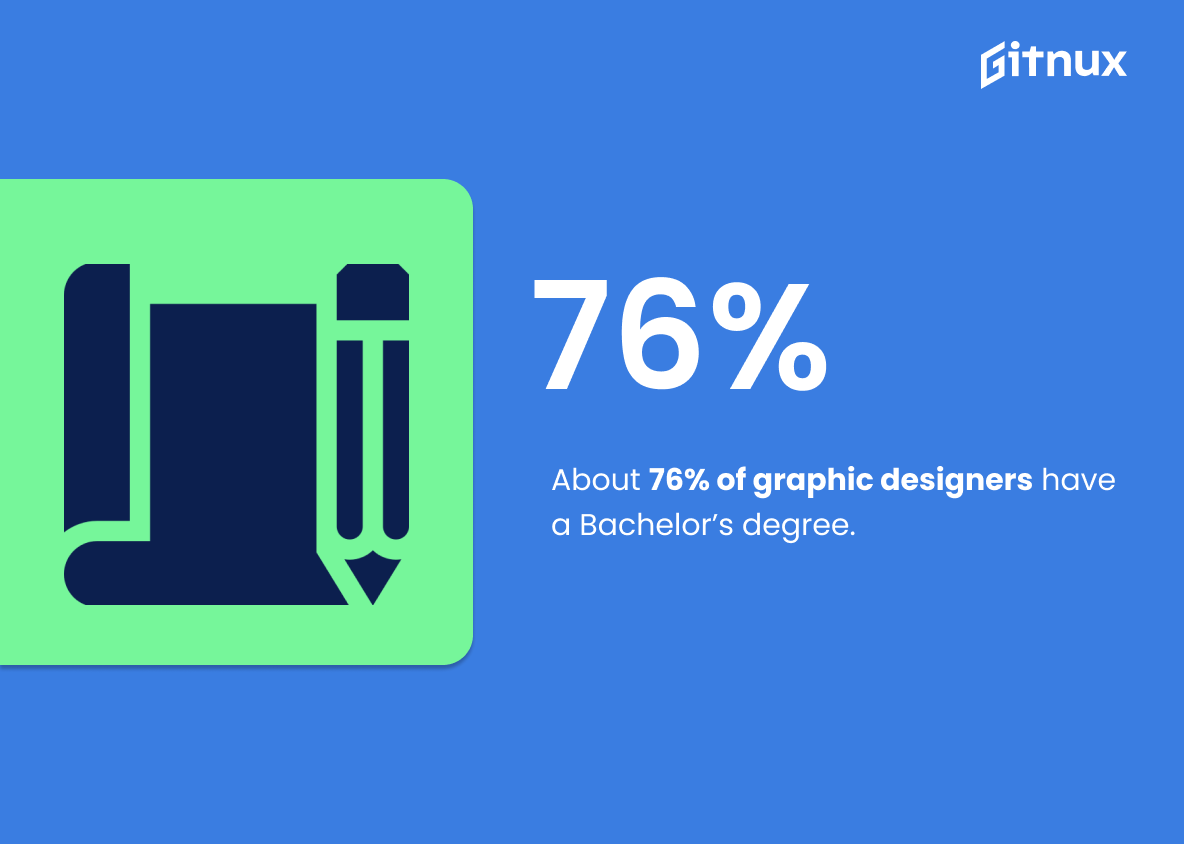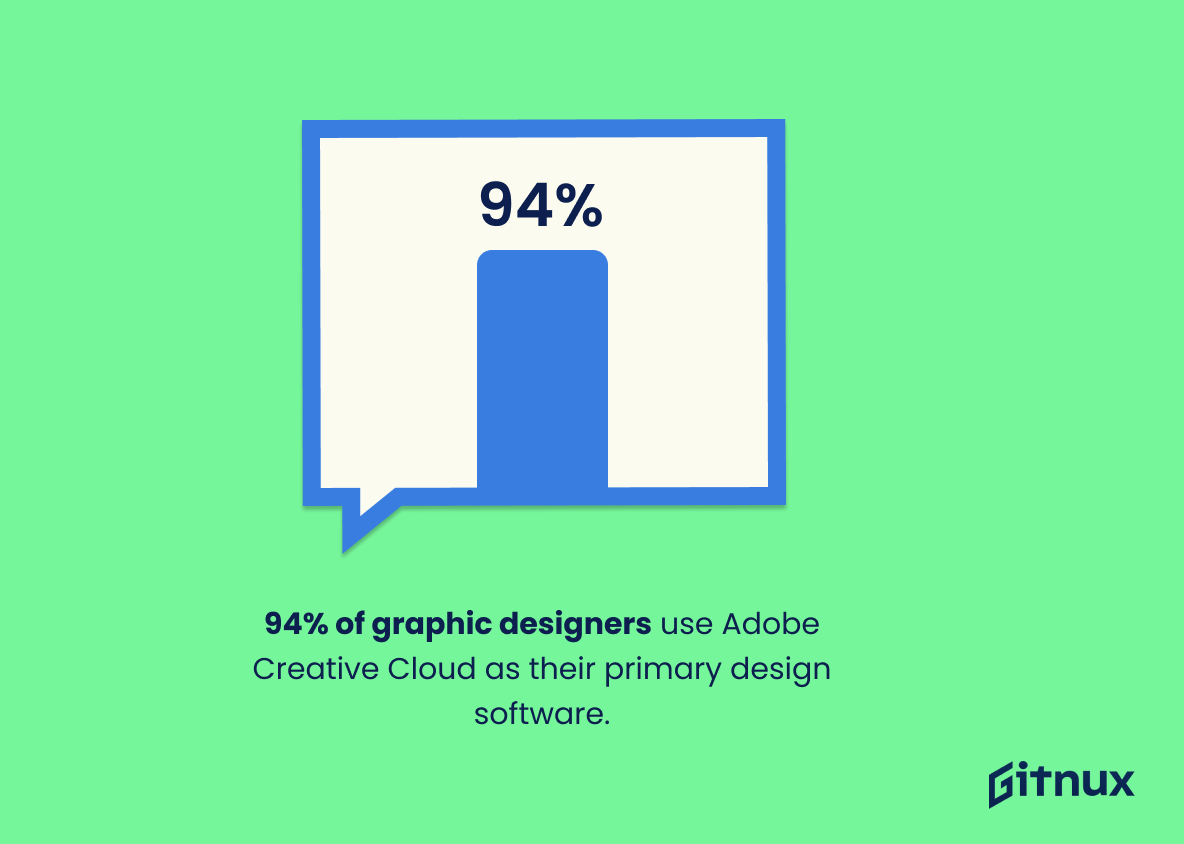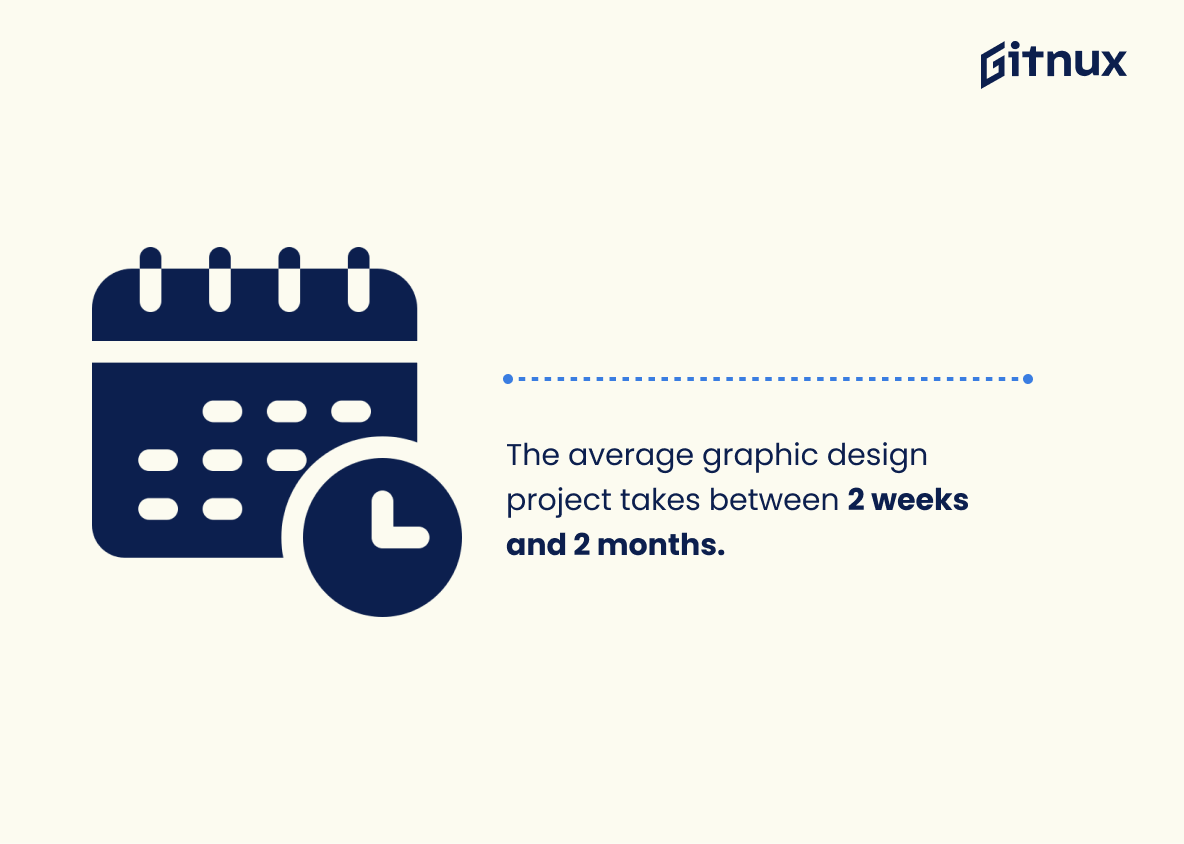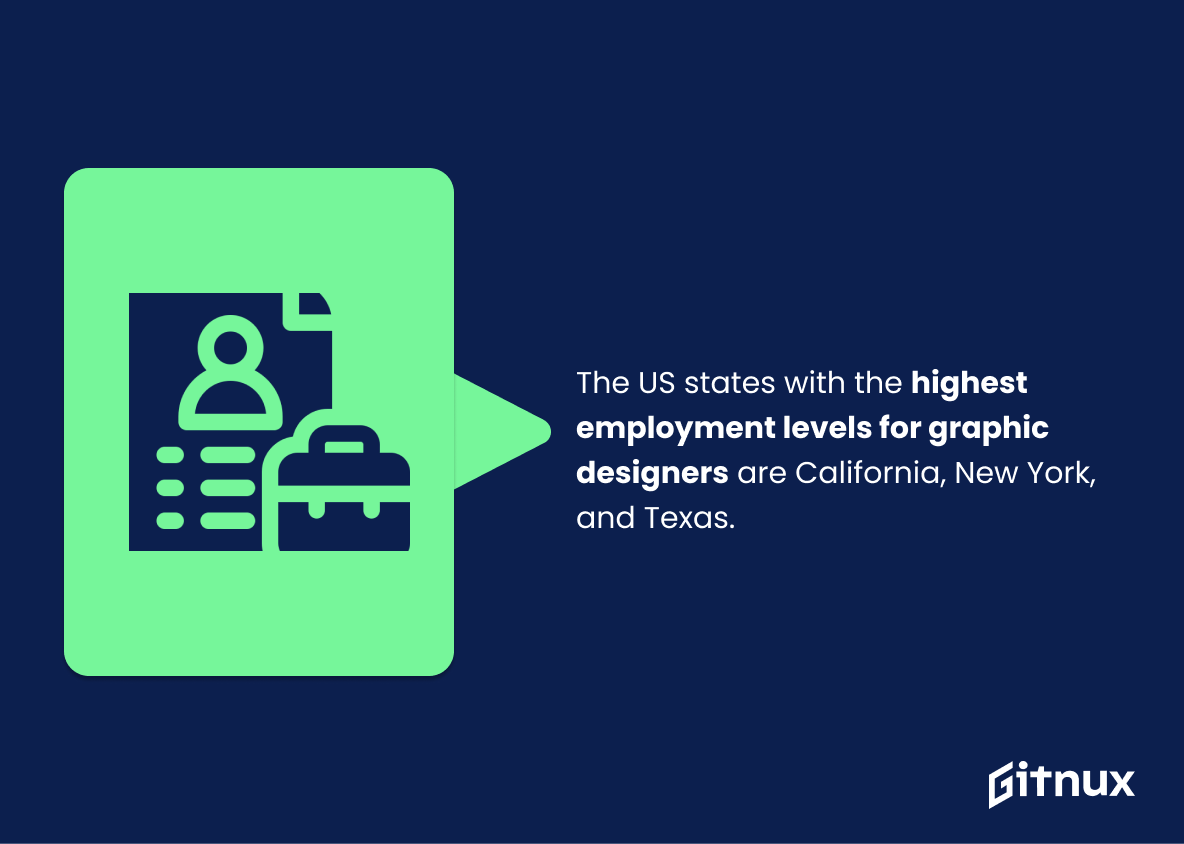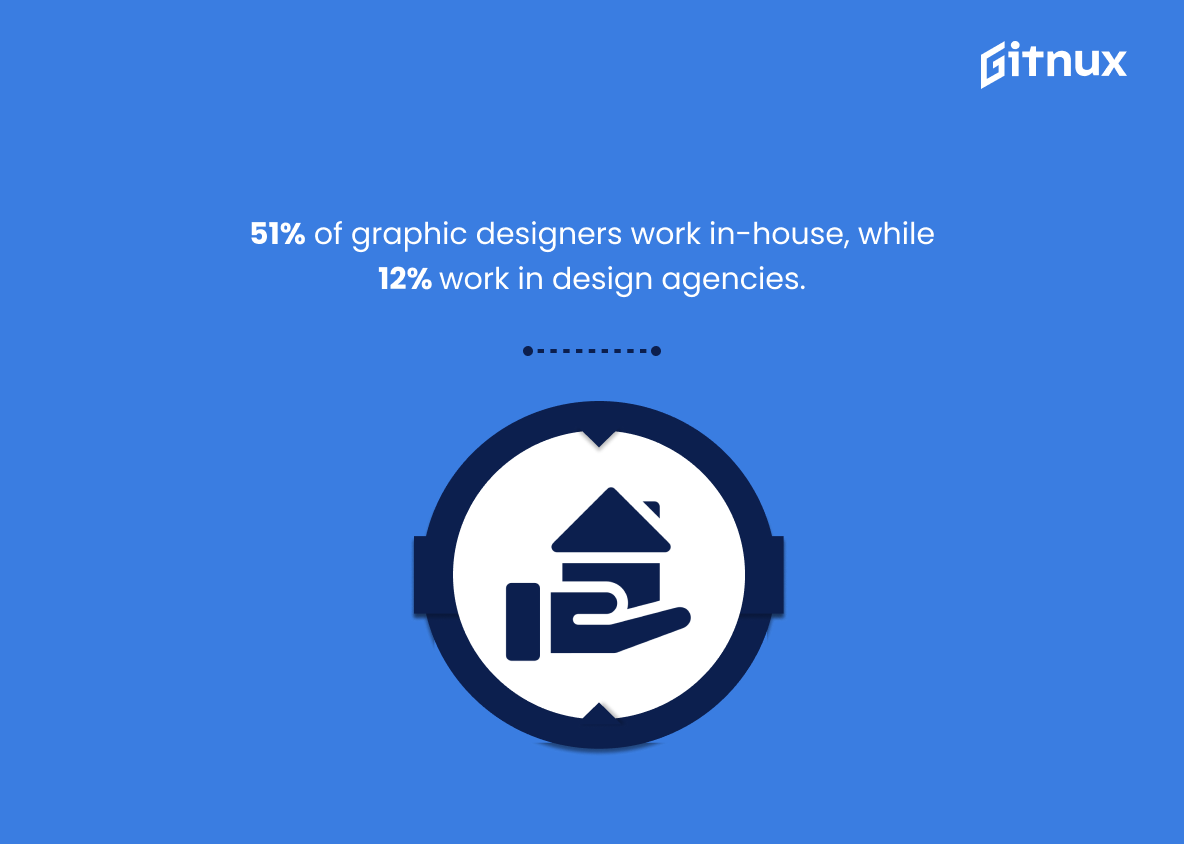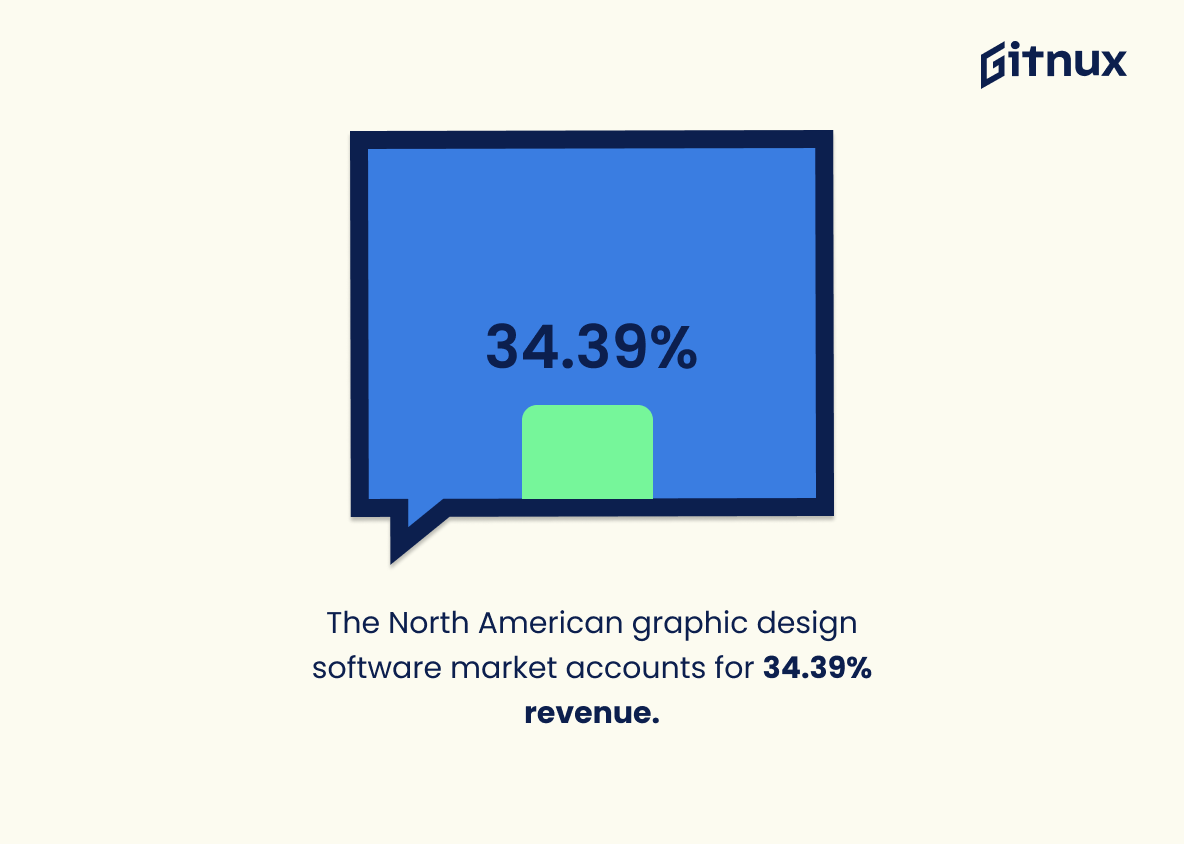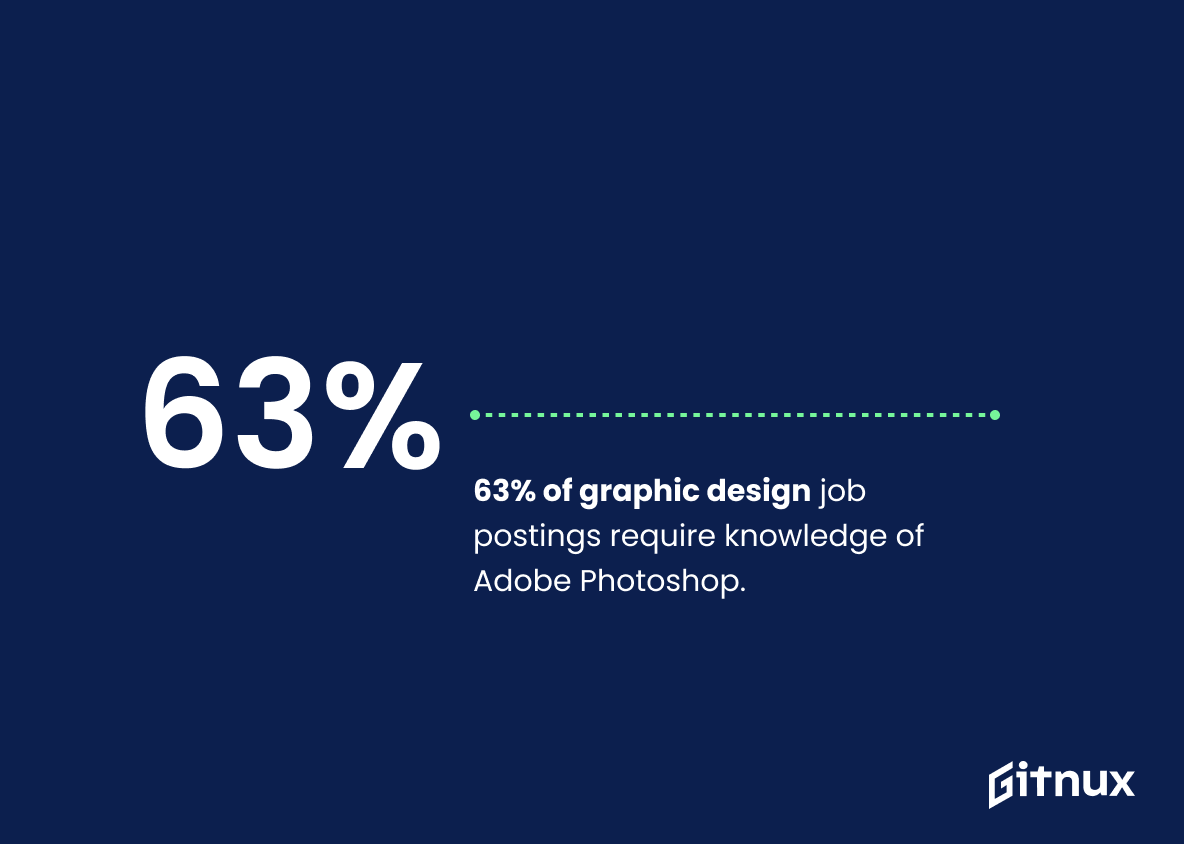Graphic design is an ever-evolving field that has seen tremendous growth in recent years. According to IBISWorld, the graphic design industry is estimated to be worth $15 billion in the United States alone. This figure only continues to grow as 8.8 million people are employed globally within this creative sector and 281,500 of those individuals work specifically in the US market.
The median annual wage for a graphic designer stands at $53,380 (as of 2020) with 24% being self-employed and 44% female professionals working within this profession today. The employment rate for graphic designers is projected to increase by 3%, reaching 2029 levels while 73% of them identify themselves as white according to AIGA’s Design Census 2019 report.
In terms of education requirements, 76% have obtained a Bachelor’s degree or higher while 94% use Adobe Creative Cloud software as their primary tool when designing projects related mainly towards digital mediums – 71%. On average these projects take between 2 weeks up until 2 months before completion but can vary depending on complexity and size; 51 % prefer working from an office environment such as agencies or companies whereas 12 % opt for freelance opportunities instead . Furthermore , 23 % possess 10+ years experience whilst 63 % require knowledge about Photoshop programs which makes it one of most popular tools used amongst professional designers . Lastly , 48 percent usually spend 36 – 50 hours per week dedicated solely towards their craft .
Overall , there exists plenty evidence suggesting that Graphic Designers remain highly sought after due its potential economic value worldwide ; however further research should be conducted regarding diversity initiatives so more minorities may benefit from job opportunities available across all industries alike .
This statistic is a testament to the immense size and scope of the graphic design industry in the United States. It speaks to the sheer number of businesses, organizations, and individuals who rely on graphic design to communicate their message and create a visual identity. It also highlights the importance of graphic design in the modern economy, and the potential for growth in the industry.
8.8 million people are employed in the global creative industry, including graphic design.
This statistic is a powerful reminder of the sheer size and scope of the global creative industry, with graphic design playing a major role. It highlights the importance of graphic design in the modern world, and the potential for those who pursue a career in the field. It also serves as a reminder of the potential for growth in the industry, and the opportunities available to those who are passionate about graphic design.
Graphic Design Statistics Overview
In 2019, there were 281,500 employed graphic designers in the United States.
This statistic is a powerful indicator of the importance of graphic design in the United States. It shows that there is a large and growing demand for graphic designers, and that the profession is an important part of the economy. This statistic is also important for anyone considering a career in graphic design, as it shows that there are plenty of opportunities available. Furthermore, this statistic can be used to demonstrate the importance of graphic design in the modern world, and how it is becoming increasingly important in many industries.
The median annual wage for graphic designers in the United States is $53,380 (as of 2020).
This statistic is a valuable insight into the current state of the graphic design industry in the United States. It provides a clear indication of the average salary for graphic designers, which can be used to inform potential job seekers of the expected wage for the profession. Additionally, it can be used to compare the wages of graphic designers to other professions, helping to determine the relative value of the profession.
24% of graphic designers are self-employed.
This statistic is a telling indication of the current state of the graphic design industry. It speaks to the prevalence of freelancing and self-employment in the field, and the potential for aspiring graphic designers to take control of their own career paths. It is an important statistic to consider when discussing the opportunities available to those interested in graphic design.
By 2029, the graphic design industry’s employment is projected to grow 3%.
This statistic is a testament to the continued growth of the graphic design industry, indicating that the field is expected to remain a viable and profitable career path for years to come. It is an encouraging sign for those interested in pursuing a career in graphic design, as it suggests that the industry will remain a viable option for the foreseeable future. Additionally, this statistic is important for businesses and organizations that rely on graphic design services, as it indicates that the industry will remain a reliable source of talent and expertise.
AIGA’s annual Design Census reported that 73% of the graphic design workforce is white.
This statistic is a stark reminder of the lack of diversity in the graphic design workforce. It highlights the need for more equitable representation in the industry, and serves as a call to action for organizations to create more inclusive hiring practices. It is a reminder that the graphic design industry has a long way to go in terms of creating a more diverse and equitable workplace.
About 76% of graphic designers have a Bachelor’s degree.
This statistic is a testament to the importance of a Bachelor’s degree in Graphic Design. It shows that having a degree is essential for success in the field, and that those who have one are more likely to be successful. This is an important point to make in a blog post about Graphic Design Statistics, as it can help aspiring designers understand the importance of investing in their education.
94% of graphic designers use Adobe Creative Cloud as their primary design software.
This statistic is a powerful indicator of the importance of Adobe Creative Cloud in the graphic design industry. It demonstrates the overwhelming majority of graphic designers rely on this software to create their designs, making it a must-have for anyone looking to break into the field. This statistic is a valuable insight for any blog post about Graphic Design Statistics, as it provides readers with a clear understanding of the industry standard.
The average graphic design project takes between 2 weeks and 2 months.
This statistic is a valuable insight into the timeline of graphic design projects, providing a useful reference point for those looking to plan their own projects. It also serves as a reminder that graphic design projects can take a significant amount of time to complete, and should not be rushed. As such, it is an important statistic to consider when discussing the field of graphic design.
The US states with the highest employment levels for graphic designers are California, New York, and Texas.
This statistic is significant in the context of a blog post about Graphic Design Statistics because it provides insight into the states with the most demand for graphic designers. It can be used to inform potential graphic designers of the areas with the greatest opportunities for employment, as well as to inform businesses of the states with the most potential for hiring qualified graphic designers.
51% of graphic designers work in-house, while 12% work in design agencies.
This statistic is a valuable insight into the Graphic Design industry, as it reveals the breakdown of where Graphic Designers are employed. It is important to note that the majority of Graphic Designers are employed in-house, while a smaller portion are employed in design agencies. This information can be used to inform readers of the blog post about the current state of the Graphic Design industry, and the opportunities available to Graphic Designers.
The global graphic design software market is expected to reach 3.94 billion US dollars in 2025.
This statistic is a testament to the growing importance of graphic design software in the modern world. As the market continues to expand, it’s clear that graphic design is becoming an increasingly integral part of businesses and organizations of all sizes. This statistic serves as a reminder of the potential of graphic design and the need for businesses to invest in the right tools and resources to ensure they stay ahead of the competition.
The North American graphic design software market accounts for 34.39% revenue.
This statistic is a powerful indicator of the importance of the North American graphic design software market. It demonstrates the significant role this market plays in the overall revenue of the graphic design industry, and serves as a reminder of the potential for growth in this sector. As such, it is an invaluable piece of information for anyone looking to gain insight into the current state of the graphic design industry.
63% of graphic design job postings require knowledge of Adobe Photoshop.
This statistic is a telling indication of the importance of Adobe Photoshop in the field of graphic design. It demonstrates that a majority of employers are looking for candidates with a strong understanding of the software, making it a key skill for anyone looking to pursue a career in graphic design. This statistic is an essential piece of information for anyone interested in the field, as it highlights the importance of Adobe Photoshop in the industry.
Conclusion
Graphic design is an ever-growing industry with a wide range of opportunities for professionals. According to the statistics, it is estimated that graphic design will be worth $15 billion in the US alone and 8.8 million people are employed globally in this field. In 2019, there were 281,500 employed graphic designers in the United States and their median annual wage was $53,380 (as of 2020). 24% of them are self-employed while 44% are female and 73% view design as a competitive advantage in business. The global market size for graphic design software is expected to reach 3.94 billion US dollars by 2025 with North America accounting for 34.39%. 63% job postings require knowledge Adobe Photoshop skills while 48% work between 36-50 hours per week on average; 71 % focus on digital mediums projects which take 2 weeks -2 months each time . With employment projected to grow 3%, now may be an ideal time to pursue a career or further education within this dynamic field.
References
0. – https://www.grandviewresearch.com
1. – https://www.adobe.com
2. – https://www.bls.gov
3. – https://www.statista.com
4. – https://www.careerexplorer.com
5. – https://www.invisionapp.com
6. – https://www.datausa.io
7. – https://www.ibisworld.com
8. – https://www.aiga.org
ZipDo, cited June 2023: Graphic Design Statistics
